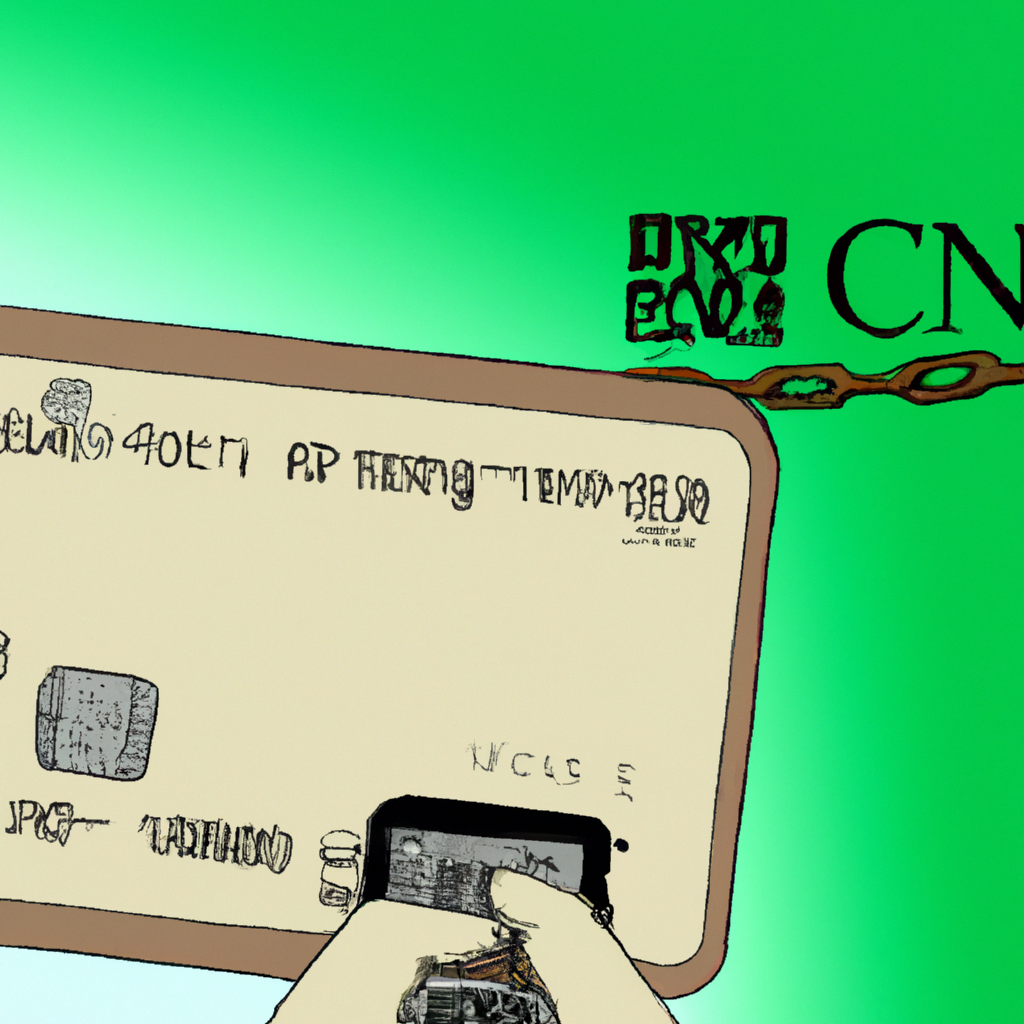Table of Contents
Introduction: The Growing Popularity of Contactless Payment Technology
Contactless payment technology has become increasingly popular in recent years, with more and more consumers opting for the convenience of tapping their cards or mobile devices to make purchases. According to a report by Juniper Research, contactless payments are expected to reach $2 trillion globally by 2020. This growth is largely due to the ease and speed of contactless payments, which allow consumers to make purchases quickly and without the need for cash or a physical card. However, with the rise of contactless payment technology comes the rise of NFC fraud. Criminals are finding new ways to exploit this technology, putting both consumers and businesses at risk. In this article, we will explore what NFC is, how it works, and the different types of NFC fraud. We will also discuss the impact of NFC fraud on consumers and businesses, as well as tips for preventing it.
What is NFC and How Does it Work?
NFC, or Near Field Communication, is a technology that allows two devices to communicate with each other when they are in close proximity. This technology is used in contactless payment systems, where a consumer's card or mobile device communicates with a payment terminal to complete a transaction. When a consumer taps their card or mobile device on a payment terminal, the NFC chip in the card or device sends a signal to the terminal. The terminal then sends a request to the consumer's bank to authorize the transaction. If the transaction is approved, the terminal sends a signal back to the card or device to complete the transaction.

The Rise of NFC Fraud: How Criminals are Exploiting Contactless Payment Technology
As contactless payment technology has become more popular, criminals have found new ways to exploit it. One of the most common types of NFC fraud is skimming, where criminals use a device to steal the information from a consumer's card or mobile device. This information can then be used to make fraudulent purchases. Another type of NFC fraud is relay attacks, where criminals intercept the communication between a consumer's card or mobile device and a payment terminal. They then use this information to make fraudulent purchases. Criminals can also use NFC technology to create fake payment terminals, which they use to steal information from consumers. These fake terminals can be placed in public places, such as train stations or shopping malls, and can be difficult for consumers to spot.
Types of NFC Fraud: Skimming, Relay Attacks, and More
Skimming is one of the most common types of NFC fraud. Criminals use a device, such as a card reader or a mobile phone, to steal the information from a consumer's card or mobile device. This information can then be used to make fraudulent purchases. Relay attacks are another type of NFC fraud. Criminals intercept the communication between a consumer's card or mobile device and a payment terminal. They then use this information to make fraudulent purchases. Fake payment terminals are also a common type of NFC fraud. Criminals create fake terminals that look like legitimate payment terminals, and place them in public places. When a consumer taps their card or mobile device on the fake terminal, the criminal can steal their information.
The Impact of NFC Fraud on Consumers and Businesses
NFC fraud can have a significant impact on both consumers and businesses. Consumers can lose money and have their personal information stolen, which can lead to identity theft and other financial problems. Businesses can also suffer financial losses, as well as damage to their reputation.

Preventing NFC Fraud: Tips for Protecting Yourself and Your Business
There are several steps that consumers and businesses can take to protect themselves from NFC fraud. Consumers should keep their cards and mobile devices secure, and should only use them at legitimate payment terminals. They should also monitor their accounts regularly for any suspicious activity. Businesses can protect themselves by using secure payment terminals, and by training their employees to recognize and report any suspicious activity. They should also monitor their accounts regularly for any fraudulent activity.
The Role of Technology in Combating NFC Fraud
Technology can play a key role in combating NFC fraud. Payment terminals can be equipped with advanced security features, such as encryption and tokenization, to protect against skimming and relay attacks. Mobile devices can also be equipped with security features, such as biometric authentication, to prevent unauthorized access.
Conclusion: The Future of Contactless Payment Technology and NFC Fraud Prevention
Contactless payment technology is here to stay, and it will continue to grow in popularity in the coming years. However, as this technology becomes more widespread, so too will the risk of NFC fraud. Consumers and businesses must take steps to protect themselves from this threat, and technology will play a key role in preventing NFC fraud in the future. By working together, we can ensure that contactless payment technology remains safe and secure for everyone.

